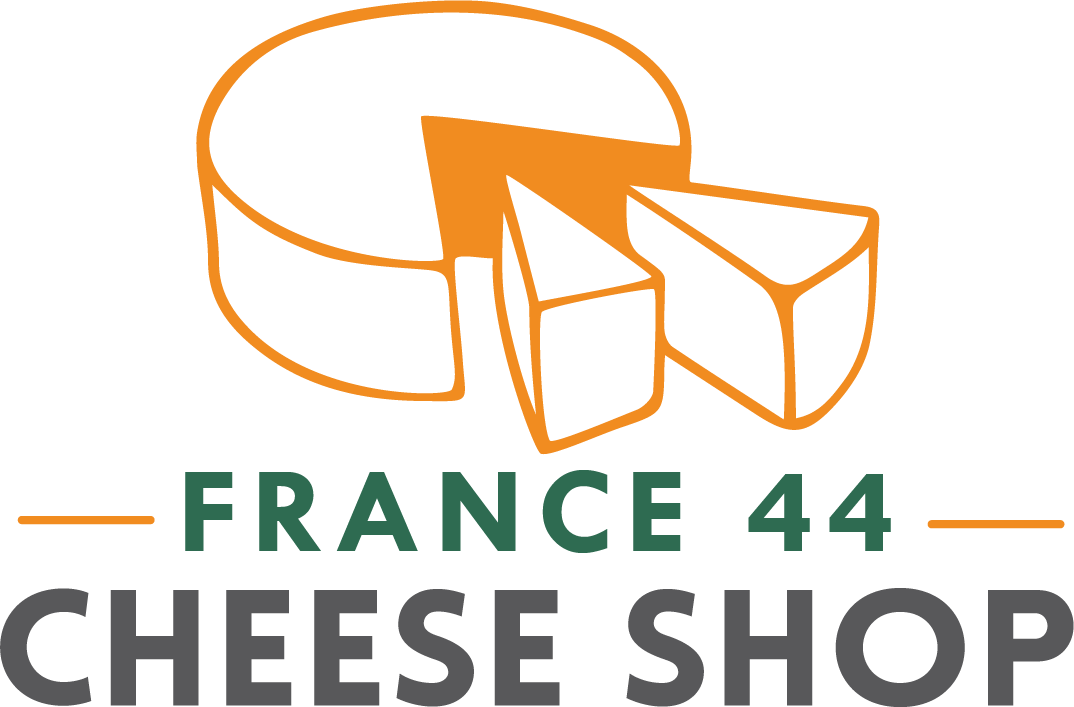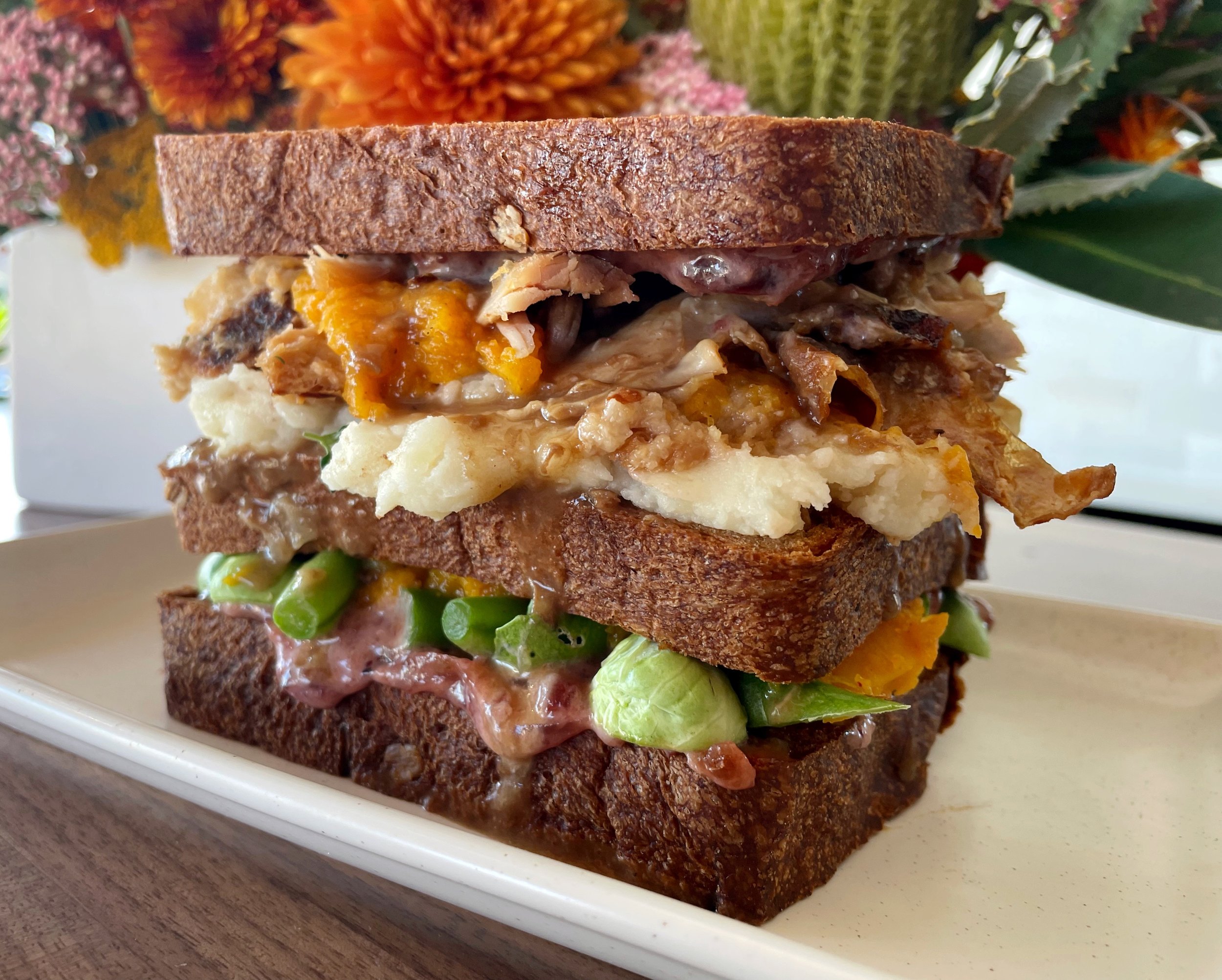Austin Coe Butler
Like British cheese in the 1970s, the little alleyway of London’s Covent Garden neighborhood known as Neal’s Yard was in a sorry state. Dilapidated and grown over with ivy, many of the buildings on Neal’s Yard had their windows smashed in or boarded up. The courtyard itself was littered with trash, infested with rats, and a lavatory for tramps. It was the perfect street to start an alternative wholefoods cooperative. At 2 Neal’s Yard, Nicholas Saunders decided to do just that. It was called simply Neal’s Yard Wholefoods Warehouse, and it sold a humble assortment of nuts, pulses, honey, and herbal remedies.
Saunders was an activist, writer, and entrepreneur, highly active in London’s alternative scene. Many of the alternative ideas Saunders believed in were eccentrically embodied in aspects of the business. Goods were priced transparently with individual charges for labor, packaging, and cost handwritten on them. A “human counterweight system” requiring the user(s) to hold onto a rope and leap from the second story window to haul goods from the street was used. There was a water powered clock on the shop’s frontage and a coin-operated animated wooden sculpture inside, both designed by Tim Hunkin.
Neal’s Yard Wholefoods Warehouse was an immediate financial success, and over the next three years an apothecary, bakery, flour mill, coffee shop, and dairy were added on. Many of these became successful businesses in their own right: the apothecary became Neal’s Yard Remedies, the coffee shop became Monmouth Coffee, and, of course, the dairy became not just Neal’s Yard Dairy, the premier cheese shop and wholesaler of British cheeses, but also Neal’s Yard Creamery.
Neal’s Yard Dairy (henceforth simply Neal’s Yard) was opened in the summer of 1979 under Randolph Hodgson. The hopes of the dairy were to make ice cream, Greek yogurt (the first to be sold in the UK), and soft cheeses. One of their first customers was none other than John Cleese, but on that morning they had only yogurt, and, in a surreal moment of life imitating art, they were unable to sell any cheese to Mr. Cleese. After the initial success of the ice cream in the summer, the dreary English winter soon snubbed sales, and Hodgson decided it might be wise to get some hard cheeses into the shop: Cheddar, Stilton, and Cheshire.
It was difficult to find traditional, farmstead cheeses being made in Britain at this time. Many of the rich territorial cheeses had gone extinct during the past century of war, industrialization, and regulation under the Milk Marketing Board. There were a handful of farmers still making artisanal cheese, but these cheeses were primarily sold locally. One had to know the right people and try the right cheese to find what real British cheese tasted like as opposed to factory produced Cheddar or commodity Wensleydale. Hodgson struck up a friendship with someone who could do just that, an eccentric, retired Major turned shopkeeper, Patrick Rance.
Rance lived one of those great twentieth century lives: Born at the end of the First World War, his father was a vicar to dairy workers in east London, and by the start of the Second World War Rance had been promoted to Major in the British Army at the age of 24. He took place in the battle of Anzio, served in intelligence in Vienna in the immediate post-war years, and could speak French, Polish, German, Italian, and Swedish, in addition to his hobbies as an amateur classical musicologist, lepidopterist, bacteriologist, and Shakespearian. He wore a signature monocle, an anachronism even for his time. Since childhood, he had a love of traditional British cheeses and wrote with the fervor and exaltation of a crusader about the value real British cheese had not just in terms of flavor, but culture as well. His books on British and French cheese remain some of the best written not just on cheese, but food at large. After the War, Rance bought a small store called Wells Shop in 1953 and grew its offerings of cheese. By the time Neal’s Yard was selling just Cheddar, Stilton, and Cheshire, Rance’s small Berkshire shop was selling over 200 varieties of cheese at this time, many of which were traditional, farmstead British cheeses that Rance personally drove hours to collect. Rance and Hodgson shared a mutual appreciation for each others passion and curiosity and were both eager to support real British cheese and the people making it.
It was in this endeavor, the pursuit and encouragement of family and fledgling farmstead cheesemakers, that Neal’s Yard excelled. Montgomery’s Cheddar and Appleby’s Cheshire, two of the finest British cheeses being produced today, were greatly popularized by Neal’s Yard. Neal’s Yard encouraged Joe Schneider in the creation of Stichelton and many other new cheesemakers who were trying to resurrect traditional cheeses or invent new ones. Their original, cramped Neal’s Yard shop has turned into shops at Covent Garden, Borough Market, Islington, and Bermondsey, in addition to impressive maturation facilities and a dedicated creamery. Their expert affinage is accompanied by vigilant tastings with notes of each and every batch of cheese they sell. As the premier exporter and champion of British and Irish cheeses, the benefits of their enthusiasm are shared with us as well. All of our British and Irish cheeses come from Neal’s Yard.
Stop by the shop this weekend to celebrate Neal’s Yard and the many fantastic British cheeses they provide us with!
We have a rotating selection of cheese from Neal’s Yard Dairy. Our current offerings include:
Cheddar
Isle of Mull Cheddar a clothbound Scottish Cheddar that is by turns spicy, boozy, and malty from the fermented grains from local distilleries the cows feast on or briny with an umami savoriness from the salty, rich pastures they graze on in the summer. This cheese is as wild as the rugged Isle it comes from.
Westcombe Cheddar is a veritable clothbound Somerset Cheddar. Bright, bold, grassy, with a supple buttery texture and a nice backbone of acidity.
Territorials
Gorwyd Caerphilly is a Welsh cheese made by the Trethowan brothers, who also produce Pitchfork Cheddar. Pronounced “GOR-with CARE-philly,” the velveteen, mushroomy rind on this cheese gives way to a rich cream line and a crumbly, lemony center. A minerally, yogurty brightness blends with flavors of earth, grass, and moss. It was popular among coalminers and farmers as the natural rind was ideal to hold with hands dirty from hard work.
Cornish Kern is a contemporary classic that stands out in the British pantheon of cheeses—it is a cooked, pressed Alpine-style cheese, with flavors that are by turns sweet and winey or savory like caramelized garlic. Owing to its make, it is matured sixteen months, much longer than traditional English cheeses. “Kern” means round in Cornish.
Coolea is an Irish gouda of Dutch extraction. It tends to be nutty not just in flavor but in texture, with the richness of macadamia nuts, hazelnuts, and almond meal that compliments the delicate brown butter sweetness.
Montgomery’s Ogleshield a Raclette-inspired cheese made of Jersey cow milk with a supple, fudgey paste and savory notes of fried, salted peanuts and chicken stock. When melted, the salinity comes to the fore and this cheese shines.
The Blues
Colston Basset Stilton is remarkably balanced blue owing to its delicate, handmade care and longer maturation period before being pierced to allow blue mold (Penicilium roqueforti) to bloom. Colston Basset Stilton has a luxuriant, silky taste of sweet cream. Skip the port and savor this with a brown ale.
Stichelton, an arguably more traditional form of Stilton, has a fungal, feral funk to it owing to the raw milk.




